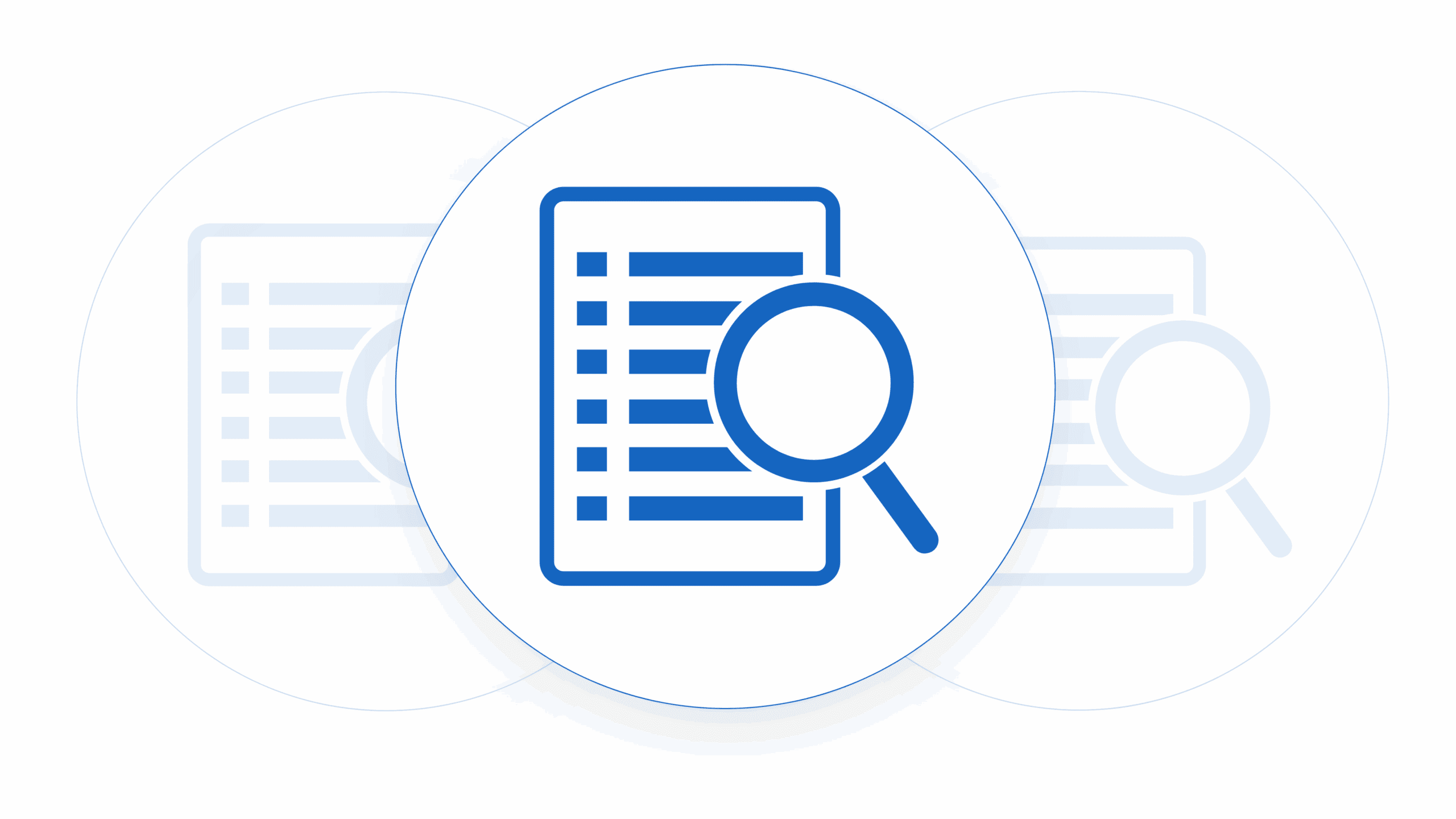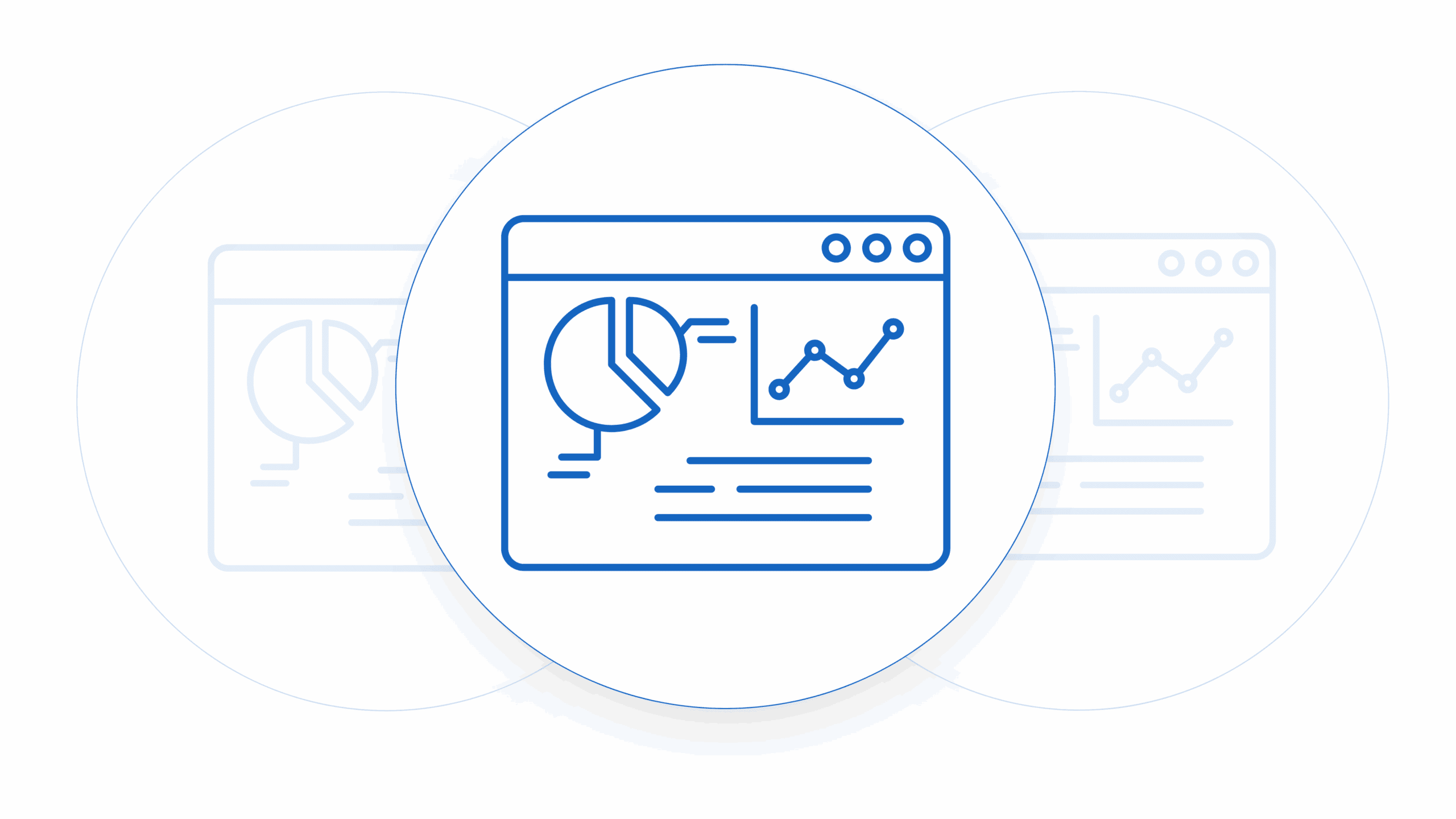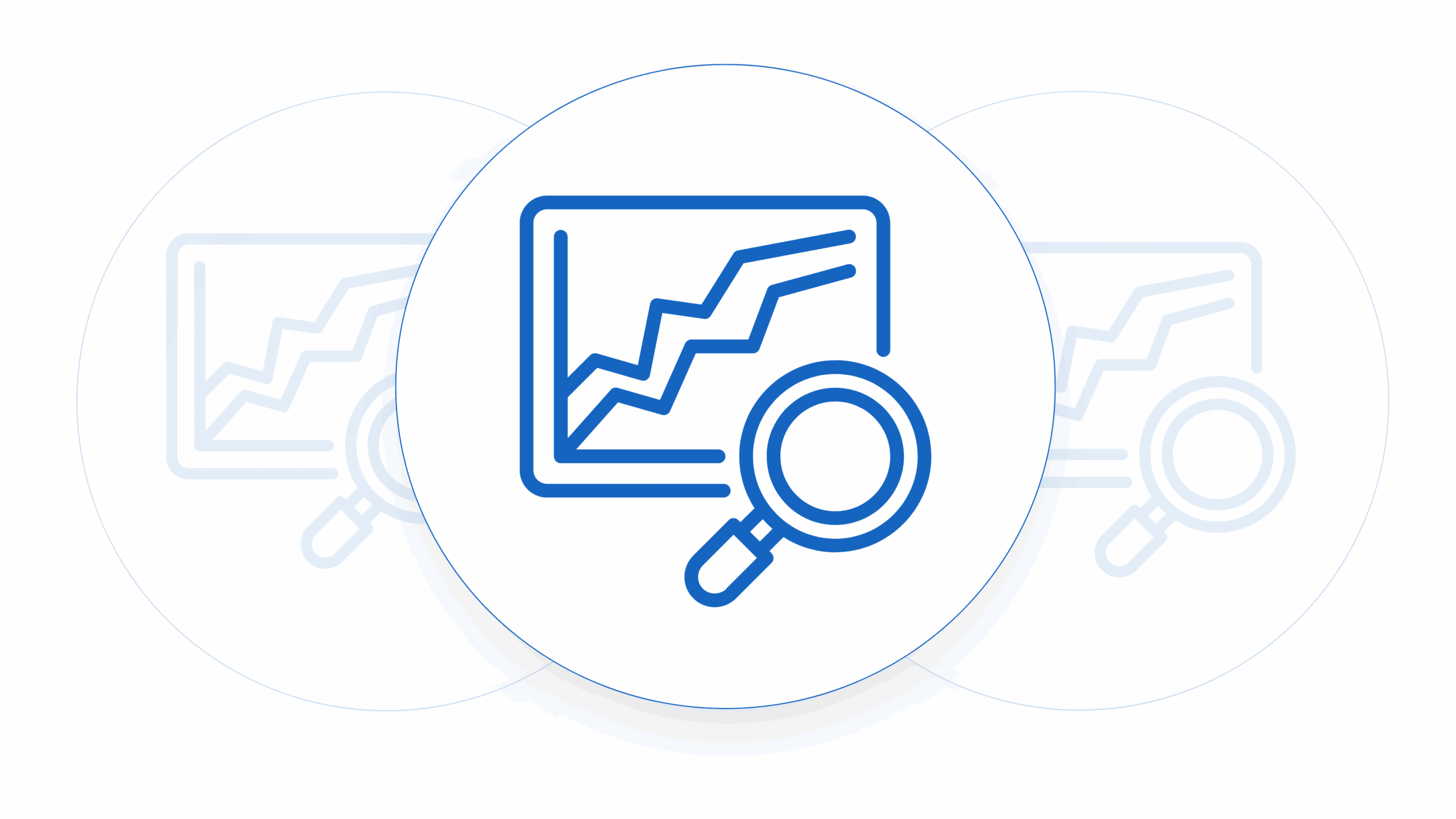SaaS Service Level Agreements (SLA) are the part of your sales contract that defines the level of service the customer can expect from the service provider (more often than not this is related to the level of uptime of your product). It serves as a means of managing expectations and ensuring that both contract parties have the same understanding about services, priorities, responsibilities, guarantees, and contract warranties provided by the SaaS company.
What Does an SLA Include?
Here are some of the key elements that a typical SaaS SLA may include:
1. Service Description:
- A detailed explanation of the service being provided, its functionality, and any limits or restrictions.
2. Performance Metrics:
- This could involve measuring service performance using uptime, response time, and other key performance indicators (KPIs). A common metric is availability, often listed as a percentage (such as 99.9% uptime).
3. Problem Management:
- The process for reporting issues, the expected response time, and how problems will be resolved or escalated.
4. Service Credits or Penalties:
- If the service provider fails to meet the agreed-upon service levels, they might offer credits against future billing, refunds, or other compensation.
5. Data Management:
- This includes data privacy, data backup, data retention, and data security policies.
6. Support Terms:
- This covers the support provided to the customer, including hours of support availability and expected response times.
7. Termination Conditions:
- This includes the scenarios under which the contract may be terminated and what happens to customer data in such cases.
8. Change Management:
- How updates, upgrades, and other changes to the service will be handled.
An SLA is crucial to clarify the expectations between the SaaS company and the customer, and to provide a framework for handling service-related issues that may arise during the period of service. It helps to build trust and understanding between the two parties and provides a basis for conflict resolution, should contract disagreements occur.
Example SaaS Service Level Agreements
This SaaS Service Level Agreement (“Agreement”) is a contract between the customer (“You” or “User”) and [Company Name] (“We” or “Company”), the provider of the Software as a Service (“SaaS”) solution [Software/Product Name]. This Agreement details our commitment to you regarding the levels of service that you can expect from us.
1. Definitions
- Service: The provision of the [Software/Product Name] SaaS solution and any other related services provided by the Company.
- Availability: The Service being accessible and usable as intended.
- Downtime: The total minutes in a month during which the Service is not Available, excluding the scheduled maintenance.
- Scheduled Maintenance: The time period during which the Service may not be Available due to scheduled system maintenance.
2. Service Commitment
We commit that the Service will be Available 99.5% of the time in any calendar month.
3. Service Measurement
The service availability is calculated by subtracting from 100% the percentage of continuous five-minute periods during the month in which the Service was in a state of Downtime. To ensure clarity in service agreements, many businesses use clickwrap agreements to obtain user consent efficiently and securely.
4. Service Credits
In the event that we fail to meet the Service commitment, you will be eligible to receive a service credit as per the schedule below:
- Availability between 99.0% and 99.5% – you will receive a 5% service credit
- Availability between 98.0% and 99.0% – you will receive a 10% service credit
- Availability below 98.0% – you will receive a 20% service credit
5. Scheduled Maintenance
We reserve the right to take the Service offline for Scheduled Maintenance, for which we will use commercially reasonable efforts to provide you with 48 hours prior notice.
6. Customer Responsibilities
To access and use the Services, you are responsible for obtaining and maintaining all necessary equipment, software, and telecommunications services at your own expense.
7. Limitations
This SLA does not apply to any downtime or performance issues that are a result of:
- Outages caused by factors outside our reasonable control, such as natural disasters, acts of government, or internet access or related problems beyond our demarcation point.
- Your use of the Service in a manner inconsistent with our published guidelines.
8. Modification
We may amend this SLA from time to time. We will notify you of any material changes by posting the revised SLA on our website or by other means provided under the Terms of Service.
9. SLA Claims
To claim a service credit, you must submit a claim by sending an email to [Company Support Email]. To be eligible, the credit request must be received by us by the end of the second billing cycle after the incident occurred and must include:
- the words “SLA Credit Request” in the subject line;
- the dates and times of each unavailability incident;
- the account handle(s); and
- request logs that corroborate your claimed outage.
10. Agreement Term
This Agreement will commence on the Effective Date and shall continue until either party terminates the service in accordance with the termination clauses provided in the Terms of Service.
By using our service, you acknowledge that you have read, understood, and agreed to the terms of this Service Level Agreement.
Company: [Company Name]
Signature: _________________
Name: [Company Representative’s Name]
Title: [Company Representative’s Title]
Date: _____________
Customer: [Customer’s Name]
Signature: _________________
Name: [Customer’s Representative’s Name]
Title: [Customer’s Representative’s Title]
Date: _____________
NOTE: This is a simplified example of a service level agreement and is not comprehensive. Always consult with a legal professional when creating legal documents or contracts.
Redline What Matters
Raise Changes For Approval To Turnaround Contracts Faster
When Should I Use SaaS Service Level Agreements?
A SLA should be used in your software sales contracts in the following scenarios:
When your solution is a SaaS or Cloud-Based Services. If you’re providing Software as a Service (SaaS), Platform as a Service (PaaS), or Infrastructure as a Service (IaaS), an SLA is essential. It outlines uptime guarantees, service availability, data security and backup commitments, and other aspects of the service that are important to the customer. As a general rule of thumb a contract without an SLA component won’t be taken seriously as the customer won’t have trust in your ability to provide an ongoing service.
When you are selling Managed IT Services as part of your product offering. If you’re providing managed IT services, such as onboarding services, implementation services, or help desk support, an SLA helps define response times, resolution times, and other key performance metrics.
If your product in any way has data processing or hosting services you’ll need an SLA in your sales contracts. It will define the requirements and expectations around data security, privacy, backups, and disaster recovery.
If a company is outsourcing part or all of its IT functions to a third-party provider, an SLA helps to specify the roles, responsibilities, and expectations for each party.
And if your software is mission-critical for a business (such as a CRM or your tool is embedded inside your customers tool), an SLA might be needed to ensure that any downtime is minimized and that any problems are resolved promptly.
In all cases, an SLA is used to provide transparency about what a customer can expect from a service and to provide a legal recourse if the service provider fails to meet the agreed-upon service levels. It protects both the service provider and the customer, and helps to avoid contract misunderstandings and manage expectations.











